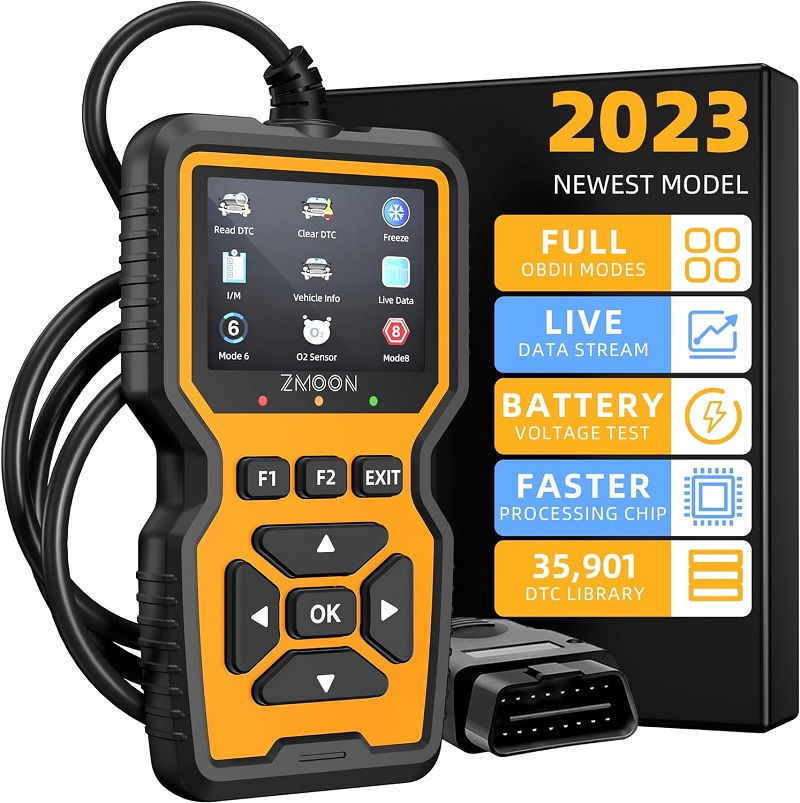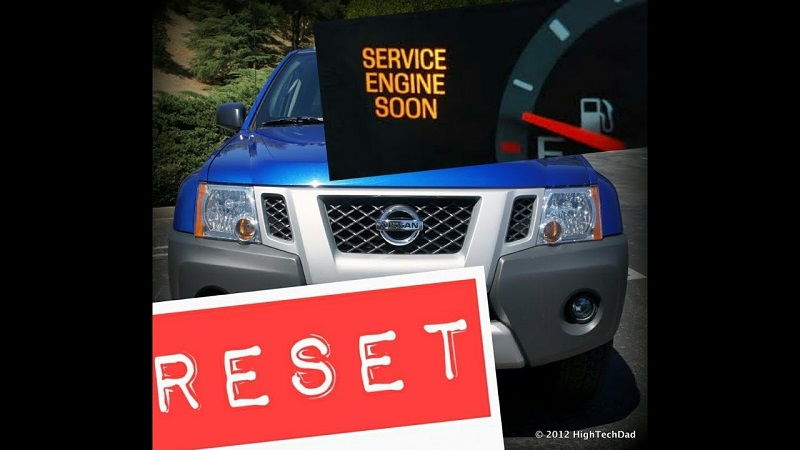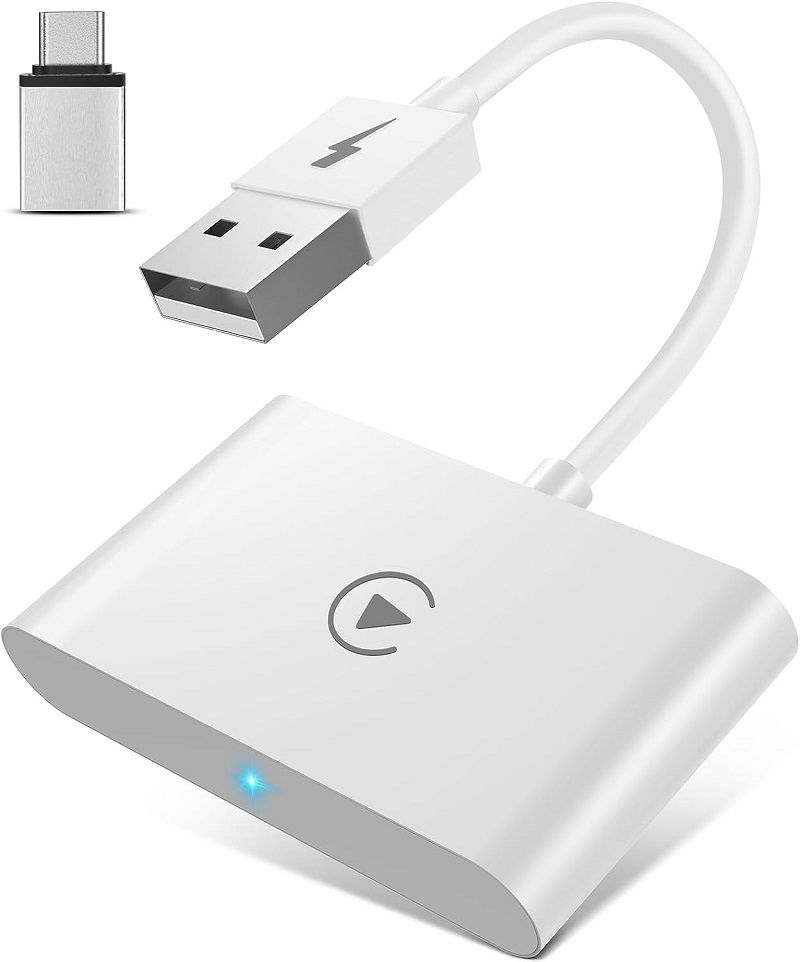This post contains affiliate links. This means I will make a commission at no extra cost to you should you click through and make a purchase [ “As an Amazon Associate, I earn from qualifying purchases.” ]. Read the full disclosure here.
Service Engine Soon Nissan GuideMechanic.Com When it comes to your Nissan vehicle, one of the most common warning lights you may encounter is the “Service Engine Soon” light.
This light, also known as the Check Engine light, is designed to alert you to potential issues with your vehicle’s engine or emissions system.
Understanding what this light means and what steps to take can help you address any problems and keep your Nissan running smoothly.
In this comprehensive guide, we’ll delve into the meaning behind the “Service Engine Soon” light in your Nissan.
We’ll explore the possible reasons it may illuminate, how to interpret its signals, and steps you can take to diagnose and address any underlying issues.
See Also: 2006 Nissan Pathfinder Catalytic Converter
Whether you’re a seasoned car enthusiast or a new Nissan owner, this article will provide you with the knowledge you need to navigate the complexities of the “Service Engine Soon” light.
Understanding the “Service Engine Soon” Light

When you start your Nissan, you may notice a variety of warning lights illuminating on the dashboard momentarily before they disappear.
However, the “Service Engine Soon” light is different. It is one of the most important warning lights in your vehicle, indicating that there might be an issue with the engine or emissions system.
The “Service Engine Soon” light is typically located in the instrument cluster of your Nissan’s dashboard. It is usually yellow or orange in color and shaped like an engine with the word “Check” or “Service” written on it.
It is crucial not to ignore this warning light, as it can help prevent more severe damage to your vehicle if an underlying issue is left unaddressed.
Importance of Addressing the Warning Light
While it can be tempting to ignore the “Service Engine Soon” light, doing so can have significant consequences.
Ignoring the light may lead to more extensive engine damage, reduced fuel efficiency, and potential safety hazards.
It’s important to remember that the light serves as an early warning system, allowing you to address potential issues before they escalate.
When the “Service Engine Soon” light illuminates, it means that your Nissan’s onboard diagnostic system (OBD-II) has detected a problem.
This system continuously monitors various components of your vehicle, including the engine, emissions, and transmission. When it detects a fault or deviation from normal operation, it triggers the warning light to alert you.
Common Causes for the “Service Engine Soon” Light
There are numerous reasons why the “Service Engine Soon” light may illuminate in your Nissan. While some issues are minor and easily fixable, others may require professional attention. Here are some common causes:
1. Loose or Faulty Gas Cap
One of the simplest and most common reasons for the warning light to illuminate is a loose or faulty gas cap. A loose gas cap can disrupt the fuel system’s vapor pressure, triggering the light.
To address this issue, ensure your gas cap is tightened securely. If the light persists, consider replacing the gas cap.
2. Oxygen Sensor Malfunction
Your Nissan’s oxygen sensors monitor the amount of oxygen in the exhaust gases, helping regulate the fuel-to-air ratio.
A malfunctioning oxygen sensor can cause the “Service Engine Soon” light to illuminate. Replacing the faulty sensor is necessary to restore proper engine performance and fuel efficiency.
3. Malfunctioning Mass Airflow Sensor
The mass airflow (MAF) sensor measures the amount of air entering the engine, allowing the engine control unit (ECU) to determine the correct fuel-to-air mixture.
If the MAF sensor malfunctions and provides inaccurate readings, it can affect engine performance and trigger the warning light. Cleaning or replacing the MAF sensor may be necessary.
4. Faulty Spark Plugs or Ignition Coils
Spark plugs and ignition coils are crucial components of the ignition system, responsible for igniting the air-fuel mixture in the engine.
See Also: 2010 Nissan Murano Problems
Worn-out or faulty spark plugs and ignition coils can cause misfires, engine hesitation, and an illuminated warning light. Replacing these components can often resolve the issue.
5. Failing Catalytic Converter
The catalytic converter plays a vital role in reducing harmful emissions from your Nissan’s exhaust gases.
Over time, it can become clogged or damaged, leading to decreased engine performance and an activated warning light. Replacing the catalytic converter is necessary to restore proper emissions control.
6. Issues with the EGR Valve
The exhaust gas recirculation (EGR) valve helps reduce emissions by recirculating a portion of the exhaust gases back into the engine.
If the EGR valve becomes clogged or fails, it can impact engine performance and trigger the warning light. Cleaning or replacing the EGR valve may be necessary.
7. Faulty Sensors or Wiring Issues
There are various sensors throughout your Nissan’s engine and emissions system that can malfunction or have wiring issues.
For example, the crankshaft position sensor or the oxygen sensor wiring can become damaged or disconnected, leading to an illuminated warning light. Proper diagnosis and repair of these sensors or wiring are essential.
8. Problems with the EVAP System
The evaporative emission control (EVAP) system prevents the release of fuel vapors into the atmosphere. Issues with the EVAP system, such as a faulty purge valve or a leak in the system, can trigger the warning light. Diagnosing and repairing the EVAP system is necessary to ensure proper emissions control.
9. Transmission Issues
In some cases, the “Service Engine Soon” light may illuminate due to transmission-related issues. This can include problems with the transmission fluid level, a faulty solenoid, or slipping gears.
Diagnosing and repairing transmission issues should be done promptly to prevent further damage to the transmission.
10. Electrical System Problems
Electrical system issues, such as a failing alternator or a weak battery, can also trigger the warning light.
These problems can affect the overall performance of your Nissan’s engine and its various components. Ensuring the electrical system is in good condition is crucial to prevent further damage.
How to Interpret the “Service Engine Soon” Light
When the “Service Engine Soon” light illuminates in your Nissan, it’s essential to understand how to interpret its signals correctly.
The way the light behaves can provide valuable information about the severity of the problem. Here are some common scenarios:
Steady Light
If the “Service Engine Soon” light remains steady, it typically indicates a non-emergency issue. While it’s important to address the problem, you can continue driving your Nissan to a service center or consult a professional mechanic at your earliest convenience. However, delaying repairs for an extended period may lead to more severe issues down the line.
Flashing Light
A flashing “Service Engine Soon” light is an indication of a more severe problem that requires immediate attention.
See Also: Nissan Altima Catalytic Converter
When the light flashes, it means that there is a misfire in the engine, which can lead to catalytic converter damage if left unresolved. In this case, it is crucial to pull over safely and have your Nissan towed to a service center for diagnosis and repair.
Intermittent Light
If the “Service Engine Soon” light turns on and off intermittently, it may indicate an intermittent issue. This could be a loose connection, a faulty sensor, or a wiring problem.
While it may not require immediate attention, it is still important to have the issue diagnosed and repaired to prevent potential engine or emissions system damage.
Diagnosing Issues Related to the “Service Engine Soon” Light
When the “Service Engine Soon” light illuminates, it’s crucial to diagnose the specific problem triggering the warning.
While some issues may be straightforward to identify, others require more advanced diagnostic tools and expertise. Here are some steps you can take to diagnose the problem:
1. Check for Fault Codes
The first step in diagnosing the issue is to retrieve the fault codes stored in your Nissan’s OBD-II system. These codes provide valuable information about the specific problem areas.
You can use an OBD-II scanner or take your vehicle to a mechanic, who will use professional diagnostic equipment to read the codes.
2. Interpret the Fault Codes
Once you have the fault codes, you need to interpret them correctly. Each code corresponds to a specific issue within the engine or emissions system.
Online resources, repair manuals, or professional mechanics can help you understand the meaning of the fault codes and their implications.
3. Perform Visual Inspections
In some cases, the issue triggering the warning light may be visible upon visual inspection. Check for loose or disconnected hoses, wires, or connectors.
Look for signs of leaks, damage, or wear on various components. While visual inspections may not reveal all issues, they can provide valuable clues.
4. Test Components and Systems
Using specialized diagnostic equipment, you or a professional mechanic can perform tests on various components and systems.
This could include testing sensors, checking fuel pressure, inspecting the ignition system, or conducting a compression test. These tests help pinpoint the root cause of the issue.
5. Seek Professional Assistance
If you are unable to diagnose the issue on your own or if the problem requires specialized knowledge and equipment, it’s best to seek professional assistance.
A qualified mechanic or Nissan dealership will have the expertise to accurately diagnose and repair the underlying problem. They can also provide guidance on the necessary repairs and potential costs involved.
6. Regular Maintenance and Check-ups
Prevention is always better than cure. Regular maintenance and check-ups can help prevent issues that may trigger the “Service Engine Soon” light.
Following your Nissan’s recommended maintenance schedule, including oil changes, filter replacements, and inspections, can help identify and address potential problems before they escalate.
Addressing Minor Issues on Your Own
While some issues related to the “Service Engine Soon” light require professional attention, there are minor problems that you can address on your own.
By taking prompt action, you may be able to resolve these issues and prevent unnecessary trips to the mechanic. Here are some steps you can take:
1. Check the Gas Cap
If the warning light illuminates shortly after refueling, the gas cap may not be tightened properly. Ensure that the gas cap is securely tightened until you hear multiple clicks. If the cap is damaged or worn out, consider replacing it with a new one to ensure a proper seal.
2. Verify Fluid Levels
Low engine fluids, such as engine oil, coolant, or transmission fluid, can trigger the warning light. Check the respective fluid levels using the dipsticks or level indicators in your Nissan. If any fluid is low, top it up to the recommended level.
However, if you notice a significant drop in fluid levels, it’s advisable to have your vehicle inspected by a professional.
3. Disconnect and Reconnect the Battery
Sometimes, the warning light may illuminate due to a temporary glitch in the vehicle’s electronic system. Disconnecting the battery for a few minutes and then reconnecting it can reset the system and clear the warning light.
See Also: Nissan Mass Air Flow Sensor Recall
However, keep in mind that this should only be done as a temporary measure and any underlying issues should still be addressed.
4. Tighten or Replace the Serpentine Belt
If you notice a squealing noise coming from the engine or the warning light illuminates, it could indicate a loose or worn-out serpentine belt.
Inspect the belt visually for any signs of wear, cracks, or looseness. If necessary, tighten the belt according to your vehicle’s specifications or replace it if it is damaged.
5. Clean the Mass Airflow Sensor
A dirty or contaminated mass airflow sensor can cause incorrect readings and trigger the warning light. Locate the sensor, usually positioned in the intake duct or throttle body, and carefully clean it using mass airflow sensor cleaner. Follow the manufacturer’s instructions and be gentle to avoid damaging the sensor.
See Also: Nissan Check Engine Light


